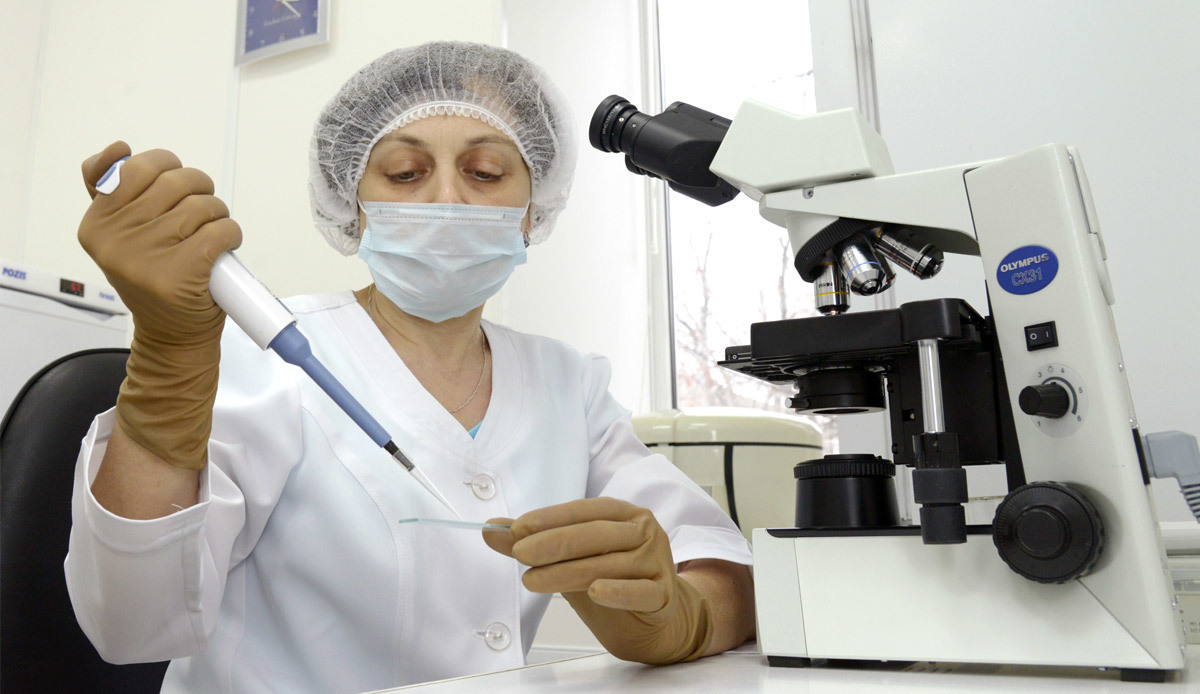There are several safe and effective methods of artificial insemination, but choosing the best one for you can be confusing. This article explains and compares some common methods to help you make the best choice.
The two most common and successful methods of artificial insemination are intrauterine insemination (IUI) and intracervical insemination (ICI or vaginal insemination).
We know these acronyms can be confusing, so be careful not to mistake any of the terms above with in-vitro fertilization (IVF). While IVF is another artificial insemination method, it is different in that it involves manually combining an egg and sperm outside of the womb.
The differences between IUI and ICI
Here are some basic differences between these two common methods.
- Intrauterine insemination (IUI): IUI is a better choice for women without fertility issues. It requires the assistance of a health care provider and has the highest success rate since the sperm is injected directly into the uterus. This is slightly more effective than ICI because the sperm have less distance to travel to reach the woman’s egg. It is not recommended that you try this method at home.
- Intracervical insemination (ICI): The assistance of a health care provider is recommended, but it can also be done at home since it involves injecting the sperm directly at the cervix and allowing the sperm to travel towards the uterus.
How the insemination procedure works
The procedures used for both ICI and IUI are similar in many ways, and both are performed in a physician’s office or health clinic. For best results, insemination is coordinated with a woman’s natural ovulation cycle, or in some cases, medication is used to induce ovulation.
The procedure takes place on an examination table in which the woman is in a position similar to a pelvic exam. A speculum is then placed in the vagina to expose the cervix, and a sperm sample is inserted through the cervical opening using an insemination catheter attached to a syringe.
For IUI, the sample is injected directly into the uterus. For ICI, the sample is injected into the cervix. To create an ideal environment for the sperm to travel, it is generally recommended that the woman remain lying down for 15 – 30 minutes following the procedure.
Preparing the sperm samples for insemination
When preparing sperm for insemination, a woman may use sperm samples that are either “washed” or “unwashed.” Washing sperm involves a procedure in which sperm cells are separated from other parts of a man’s seminal fluid. This helps remove dead and slow moving sperm along with white blood cells and prostaglandins, which sometimes interfere with fertilization.
For the IUI method, sperm must always be washed because the prostaglandins contained in semen cause pain and cramping when inserted directly into the uterus. But since the ICI procedure does not inject sperm directly into the uterus, sperm used for this methods can be either washed or unwashed.
Contact Seattle Sperm Bank for more information
Consult your physician or call the Seattle Sperm Bank at 206-588-1484 to discuss which insemination method is best for you. Either your physician or our experts can offer guidance on the type of sperm appropriate for your procedure, and help you select the right number of vials.



